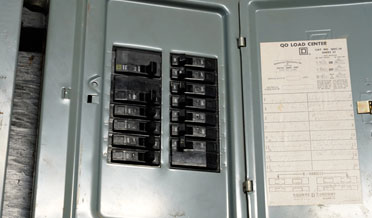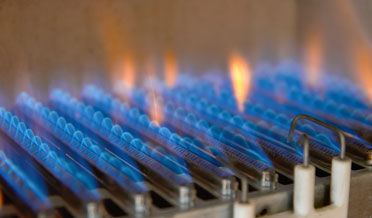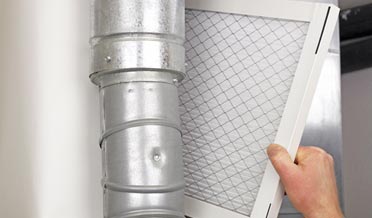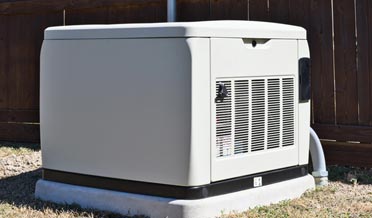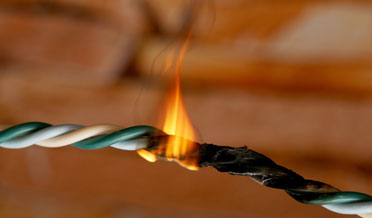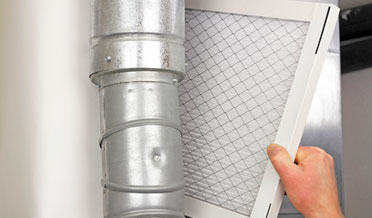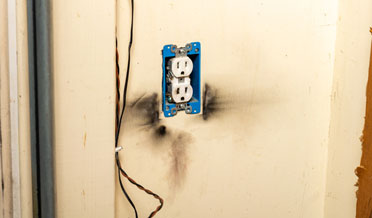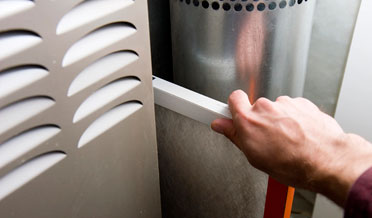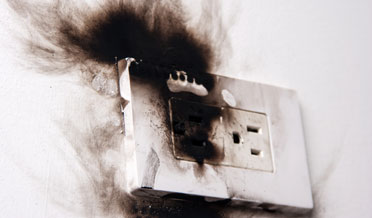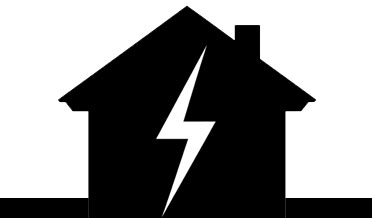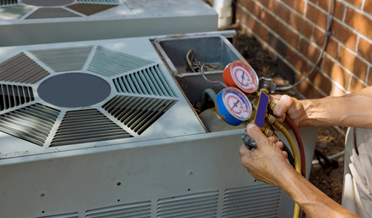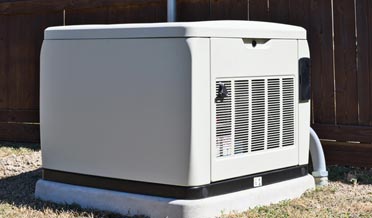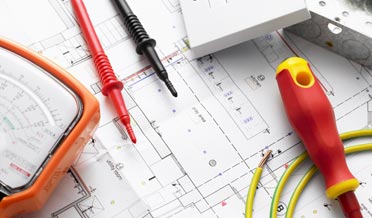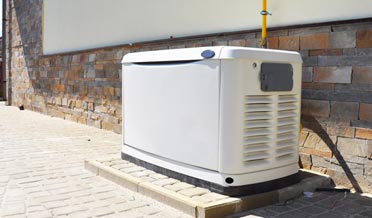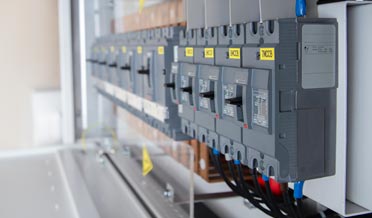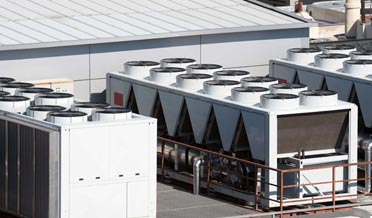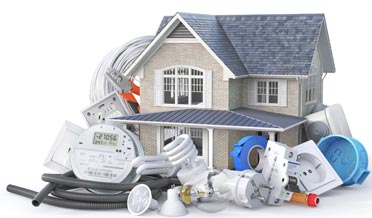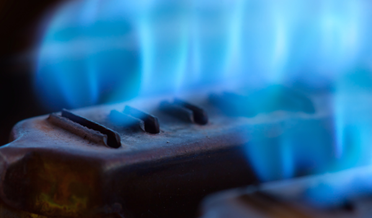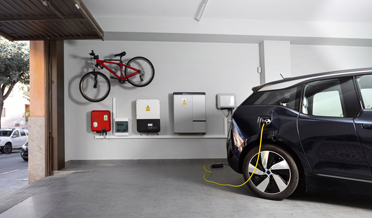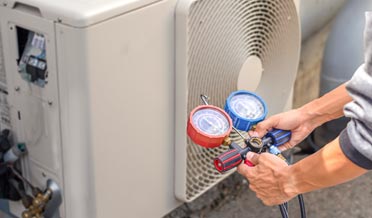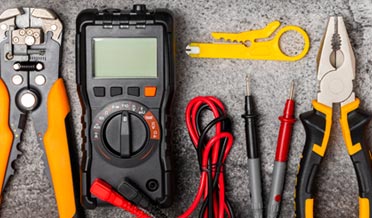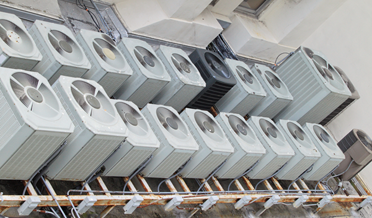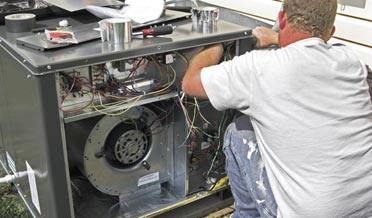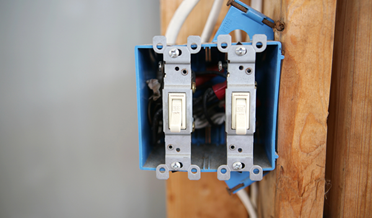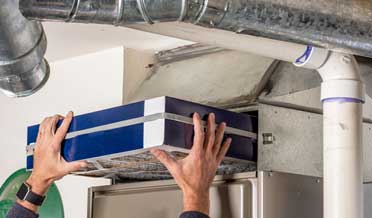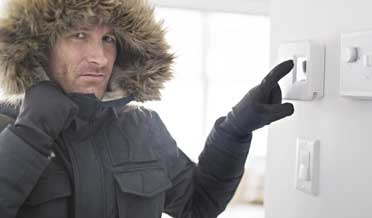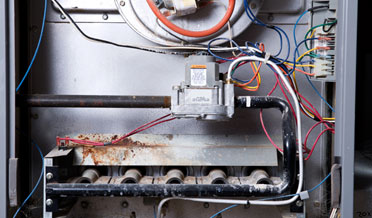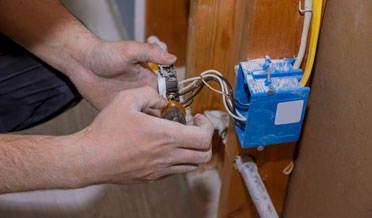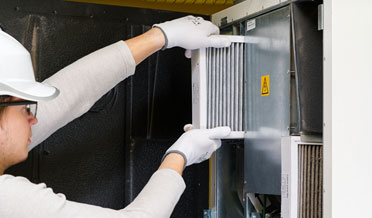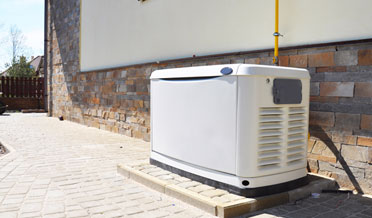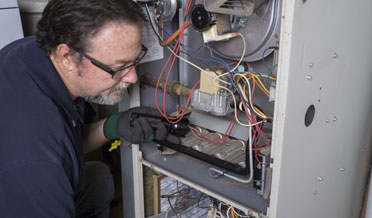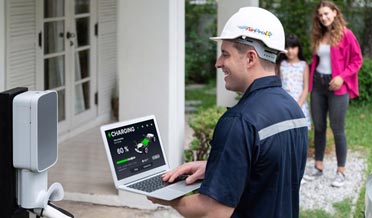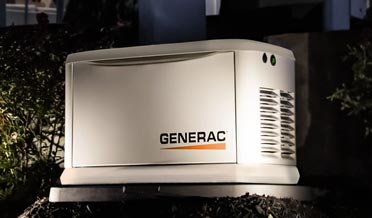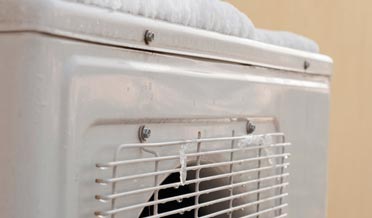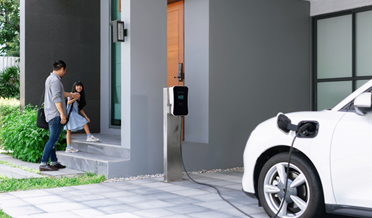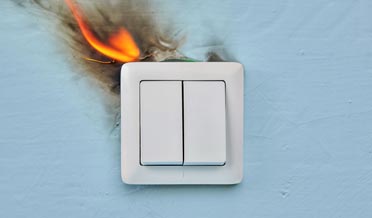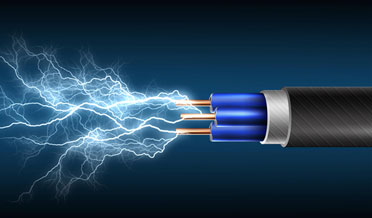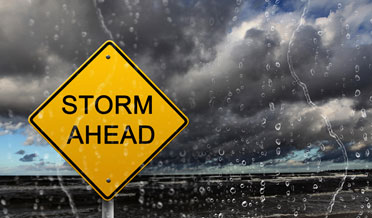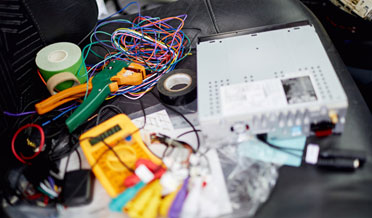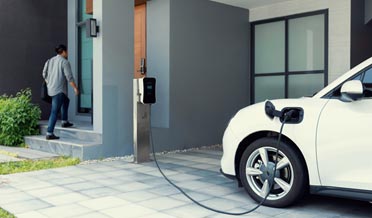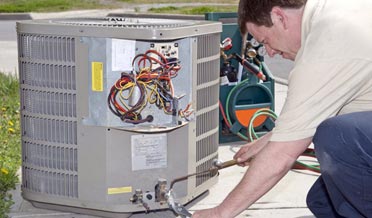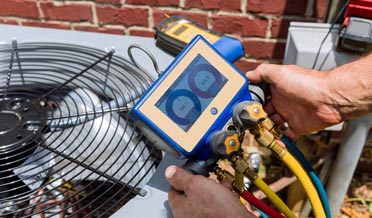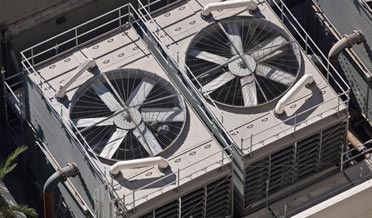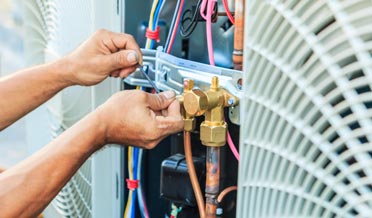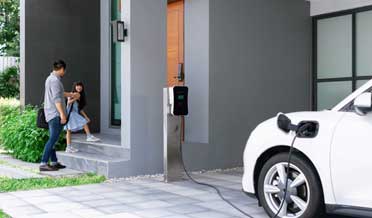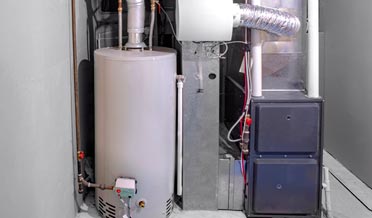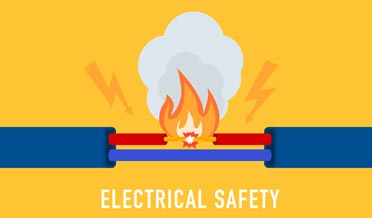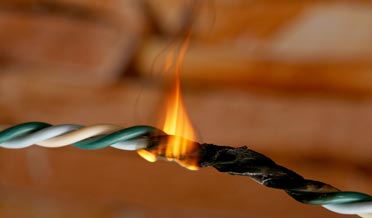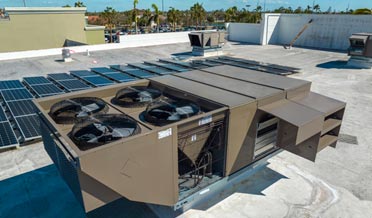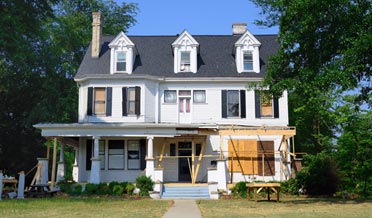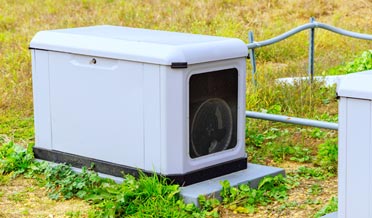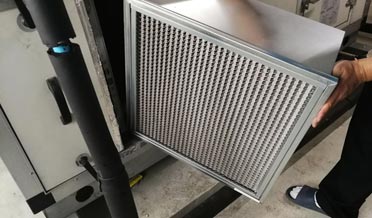From Cooling to Heating: Why Your AC Maintenance Schedule Never Stops
At this point in the heating/cooling season, there is an uneasy transition. Some days require the air conditioner. The next day may require the furnace. Some days, both might be required on the same day. For the vast majority of homes, different components are responsible for each function separately, but a growing percentage of homes (approximately 16%) use heat pumps. Heat pump technology uses the air conditioner components but reverses the air conditioning process.
- Air conditioners cool homes by moving heat from inside the home to the outside. This results in a cooler, drier indoor environment.
- Heat pumps move available heat from outdoors inside, warming indoor spaces.
- Since the availability of heat outdoors varies, heat pumps are equipped with an auxiliary heating system, usually the same heating element system used in electric heating systems. When the outdoor temperature drops below about 350, a heat pump cannot collect enough heat efficiently to keep a home warm. The homeowner will need to manually move the thermostat setting from HEAT to AUX HEAT or EM HEAT.
Heat pumps are very efficient in our area, since we seldom have temperatures that drop below 350 or stay lower than that for any extended period of time.
Essential AC Maintenance for Extreme Weather
As Winter approaches, it is good to review wintertime AC maintenance for the condenser unit—the outdoor portion of a heating/cooling system. Here are a few basic AC maintenance homeowner instructions for wintertime condenser care.
- For all systems, condensers need regular, annual maintenance. Outdoor airborne particles collect on the surface of the condenser, making it work harder than it should.
- Some condensers might be subject to flash flooding and need to be elevated.
- All condensers need to be firmly secured to the pad to prevent them from flying away during high winds.
- Condensers are constructed to protect electrical controls and mechanisms from rain, snow, and ice. Under most circumstances, it is not necessary to remove snow or ice from the condenser. Remember that the heat pump will not function efficiently when the outdoor temperatures are below freezing. If the heat pump is reengaged with a snow cover on the condenser, the interior fan will quickly blow the snow away. If the snow cover is heavy, it might be necessary to shovel snow away from the base of the condenser.
- During the Fall and Winter, winds may blow leaves and limbs next to or on top of the condenser. Rake or blow the lawn debris away from the condenser.
Winter temperatures and icy precipitation may also create the conditions for an extended power outage. Often, the weather forecast will give homeowners in the general vicinity the opportunity to prepare. Here are some steps to take to prepare for an imminent weather-related power outage. No central heating system will function without power unless the home is equipped with a backup generator.
- Turn the temperature setting up a few degrees for a couple of hours and keep the heat inside the home as much as possible. Avoid opening the door repeatedly.
- Use a fireplace if available. Even an inefficient fireplace is preferred to no fireplace. Avoid using heating sources that use flame or create unvented exhaust.
- Select a “warm room,” often an interior room with no windows. Gather the family and plenty of blankets and sleeping bags.
- Moving water will not freeze under most situations that a home will experience. Turn on the tap in every faucet to create a slight but steady drip. This will keep water moving very slowly through the plumbing.
If an extended power outage is forecast and the temperature is expected to remain very low for a long time, evacuating to a warm space might be an option. However, do not wait too long to evacuate and be very mindful of any icy precipitation.
Protect Your Investment with AirPro Houston: Essential AC Maintenance for Extreme Weather
Your condenser works year-round, whether cooling your home or heating, meaning consistent AC maintenance is essential for efficiency and reliability. Protect your investment from seasonal wear and unexpected breakdowns by scheduling your professional AC maintenance service today. Don’t wait for winter to realize your system is struggling; ensure optimal performance and lower energy costs now. Contact your trusted AC maintenance professionals at AirPro Houston immediately to book your comprehensive AC maintenance tune-up.
For professional AC maintenance and repairs you can trust, contact AirPro Houston. We have several financing options available with great options. Up to 72-month terms with approved credit. Call us today at 281-880-8805 and let us partner with you for all of your Cypress AC maintenance needs.

